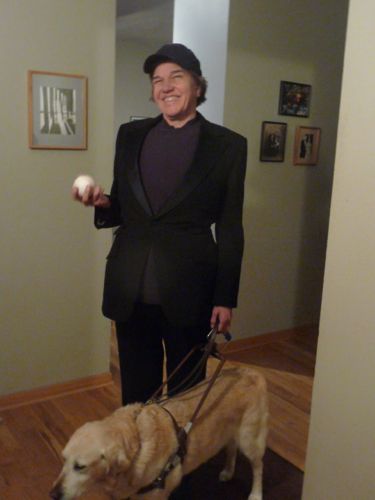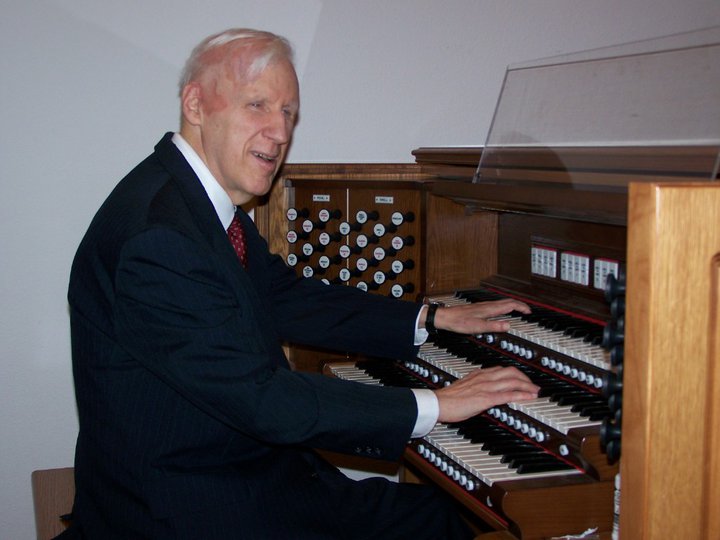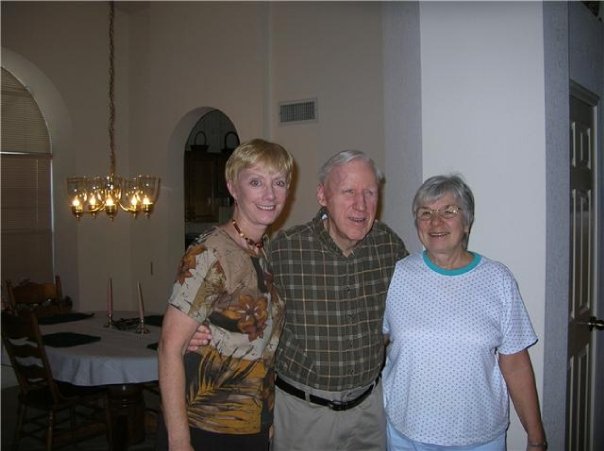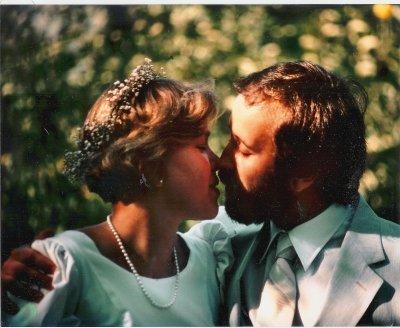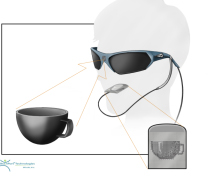Baseball giants
November 1, 2010 • 11 Comments • Posted in baseball, blindness, UncategorizedI dressed up for Halloween this year, and Hanni led me outside to find out if friends could guess what I was. First guess: a waiter. I held out my arm, showed him the baseball in my palm. “Ozzie Guillen?” To be honest, few people noticed I was wearing a costume. Guess they figured I always walk down the street dressed in black with a pillow stuffed under my shirt.
The pillow was supposed to be my chest protector. I was a blind baseball umpire. Oh, well. I guess American sports fans are focusing on football. Not me. I am thoroughly enjoying this year’s World Series, cheering like mad for the San Francisco Giants. My reasons:
- I’m a sucker for any team with a guy named Edgar on it.
- Juan Uribe and Aaron Rowand are on the Giants.
- Tony Bennett sang the national anthem in San Francisco for game one.
Some explanations. My dad’s name was Edgar, and you’d be surprised how few players have that name. I rooted for the Seattle Mariners when Edgar Martinez played there, and I’ve followed Edgar Renteria from the Marlins to the Cardinals to the Red Sox to the Braves and now, to the Giants. With any luck, Kansas City minor league pitcher Edgar Osuna will start for the Royals next spring and I can root for him, too. Except when the Royals play the White Sox, of course.
As for Juan Uribe and Aaron Rowand, they were both on my beloved 2005 World Champion White Sox team. And Tony Bennett? He needs no explanation.
Another plus about this World Series? I get to listen to a lot of baseball organ music. After Nancy Faust’s retirement from the White Sox this year, fewer than half the major league ballclubs still have live organists. The Rangers and the Giants are among the happy few. They still do.
During all the hoopla over Nancy Faust’s retirement, there was a lot made of the fact she’d only missed five scheduled dates. All five days happened 27 years ago, when her son Eric was born. Not much was made of the organist who took her place. But guess what? The organist she sub-contracted to is blind!
Nancy gave me Rollie Hudson’s contact info, and last week he and I talked over the phone about those magical days in 1983. He said a White Sox director gave him cues over a headset, and he also used a transistor radio to keep track of the games while he played. “And I always had either — well, both at times– my wife Shirley or one of my children there on the bench with me to cue me, too,” he said, explaining it was especially important to know when the pitcher was on the mound. “They had a rule that when the pitcher came to position, I must stop. That’s very important, so that we don’t destroy his concentration or that of the batter as well.”
Rollie and his wife have been married for 47 years, and after all these years he still refers to his beloved Shirley as his “bride.” They live in Arizona now, and while he enjoys performing as a church organist In Scottsdale, he says it’s nothing like playing the organ at a baseball game. “I compare it to what it must be like driving a huge truck,” he said. ”I felt so much power, being able to make 34,000 people respond when I played ‘Charge!’”
When I asked Nancy why she’d chosen Rollie Hudson, a man who was blind from birth, to be her replacement, she just shrugged and said, “His playing style was close to mine.” She was confident the headset director could prompt Rollie, just like they prompted her. Most important: “He has a great ear, and no need to refer to sheet music.”
